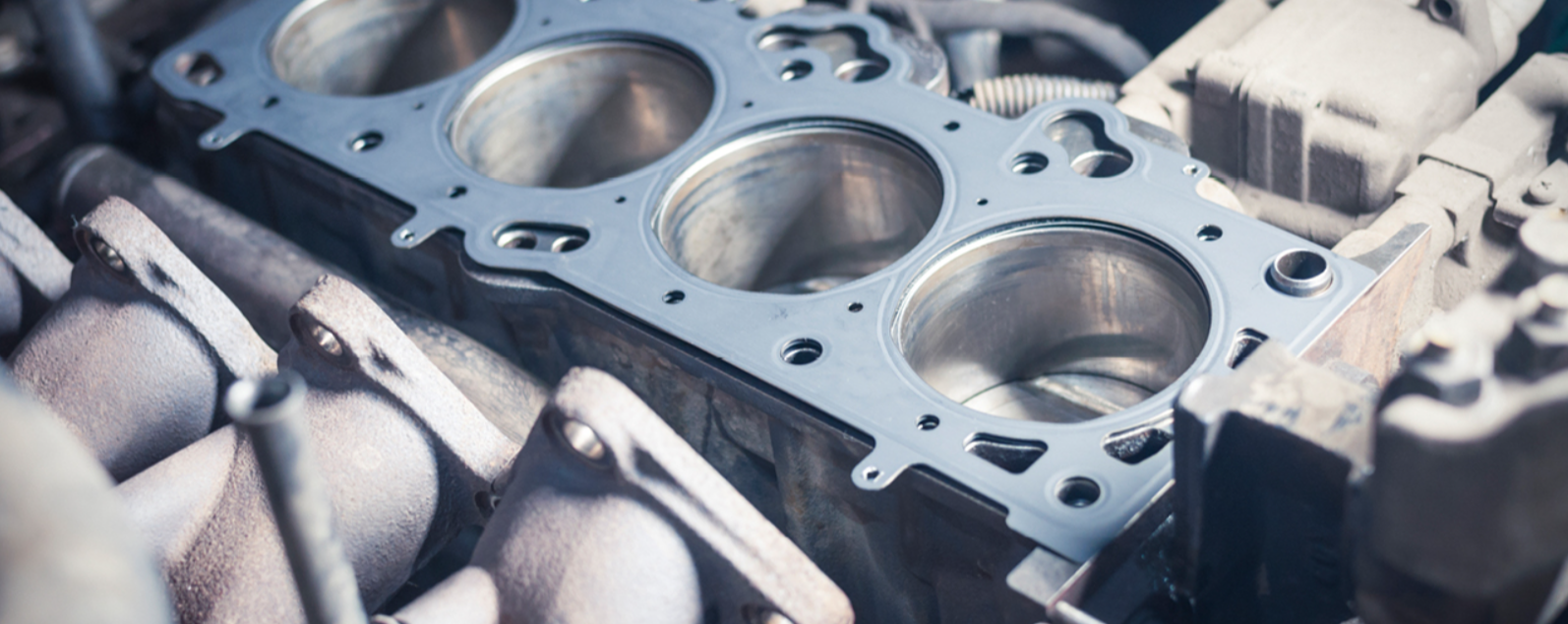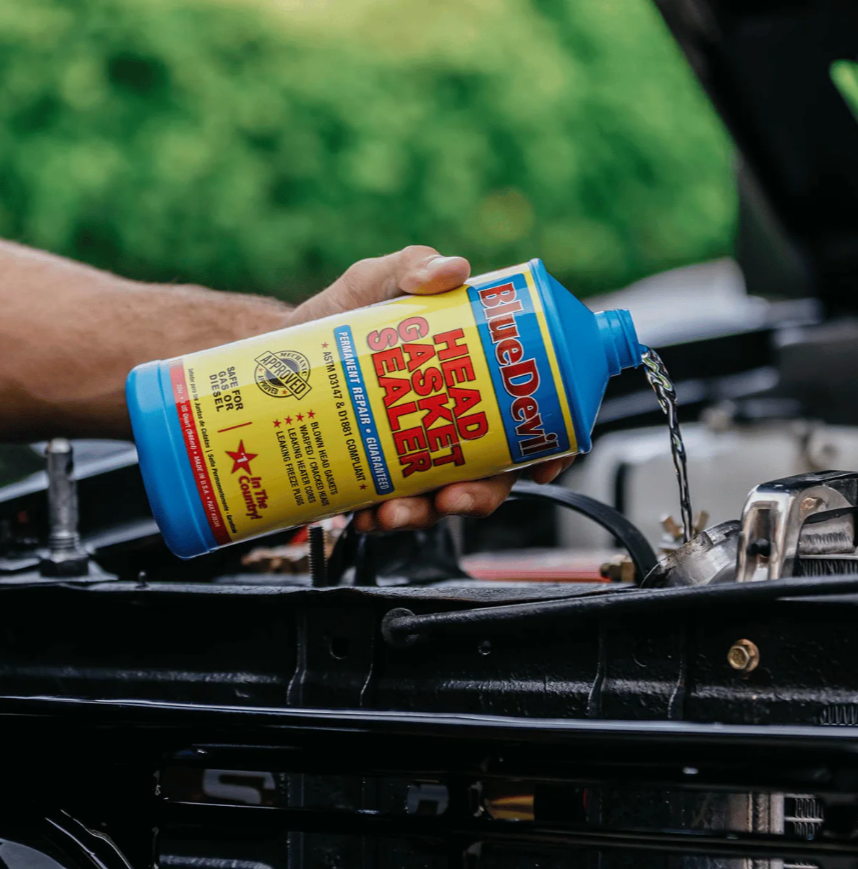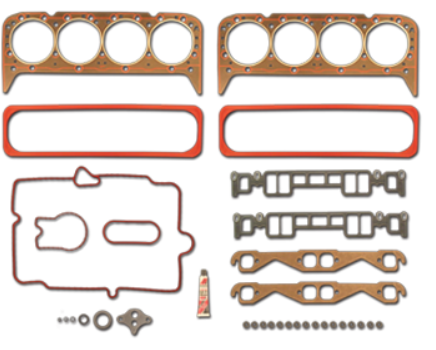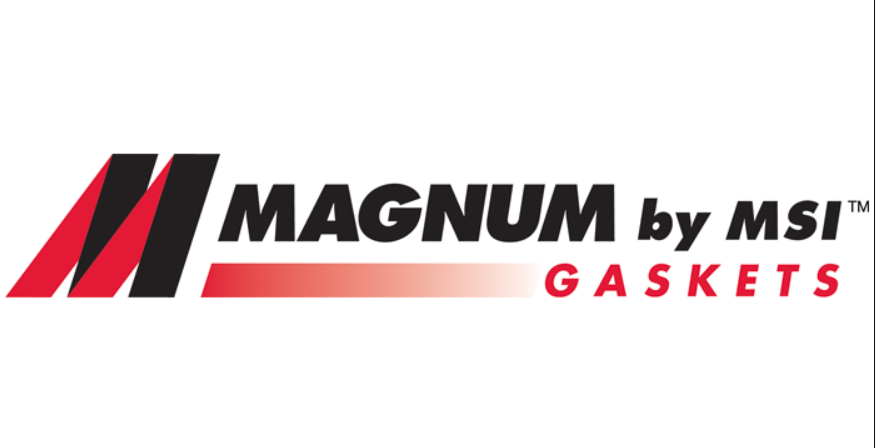When it comes to maintaining the performance and longevity of your 5.9 Magnum engine, the condition of your plenum gasket is paramount. The plenum gasket, located between the engine block and the intake manifold, plays a critical role in sealing and maintaining proper airflow, coolant, and oil circulation. This guide is designed to help you understand the symptoms of a failing 5.9 Magnum plenum gasket, how to diagnose these issues, and what steps you can take to address them effectively. Whether you’re a DIY enthusiast or a professional mechanic, this article provides insights tailored for USA drivers looking to safeguard their engine’s health.
Introduction
Overview of the 5.9 Magnum Engine and the Role of the Plenum Gasket
The 5.9 Magnum engine is celebrated for its robust power and durability, making it a favorite among performance enthusiasts and everyday drivers alike. Central to its operation is the plenum gasket, a critical component that ensures the proper seal between the engine block and the intake manifold. This gasket prevents leaks and helps maintain the essential compression needed for efficient combustion. Without a well-functioning plenum gasket, the engine may suffer from a range of issues, potentially leading to reduced performance and even catastrophic failure. Understanding the role and functionality of the 5.9 magnum plenum gasket is the first step toward effective maintenance and timely repairs.
Why Monitoring Gasket Symptoms is Crucial
Monitoring the condition of your plenum gasket is not merely about avoiding leaks—it’s about maintaining overall engine performance and efficiency. The gasket’s failure can manifest in subtle ways before leading to severe problems. By recognizing early symptoms, you can address issues promptly, potentially saving on costly repairs and preventing further engine damage. For USA drivers, knowing the warning signs of a failing gasket is essential to keep your engine running at its peak. In this guide, we will discuss the common symptoms, diagnosis techniques, and effective solutions that ensure your 5.9 Magnum engine remains reliable.
Common Symptoms of a Failing 5.9 Magnum Plenum Gasket
Leakage, Fluid Loss, and Visible Signs of Wear
One of the most obvious symptoms of a failing 5.9 magnum plenum gasket is the presence of leaks. Over time, the gasket material may degrade due to heat and pressure, causing:
- Coolant Leaks: If you notice a steady drop in your coolant level or wet spots around the plenum area, it might be due to a compromised gasket.
- Oil Leaks: Similarly, oil may seep out if the gasket has deteriorated, leading to oily residue on engine components.
- Visible Cracks or Wear: Upon a visual inspection, you may spot cracks, brittleness, or deformation on the gasket. These signs indicate that the gasket is no longer providing a proper seal.
These leakage symptoms not only affect engine performance but can also lead to more severe issues, such as overheating and engine damage.
Overheating, Loss of Compression, and Performance Issues
Another critical indicator of a malfunctioning plenum gasket is a noticeable change in engine performance. When the gasket fails to maintain a proper seal, the engine may exhibit:
- Overheating: Inadequate sealing can lead to coolant loss or mixing of coolant with other engine fluids, causing the engine to overheat.
- Reduced Compression: The integrity of the combustion chambers may be compromised, leading to a drop in engine compression and, consequently, a loss of power.
- Unusual Noises: Sometimes, a failing gasket can cause unusual ticking or hissing sounds as air or fluids escape from the engine.
- Poor Fuel Efficiency: With the engine not operating optimally, you might experience a noticeable decrease in fuel economy.
These performance issues serve as red flags, signaling that immediate attention is required to prevent further damage.
Diagnosis and Troubleshooting
Visual Inspections and Diagnostic Tools
Diagnosing problems with the 5.9 magnum plenum gasket begins with a thorough visual inspection. Here are some steps and tools you might consider:
- Check for Leaks: Look under the engine for any signs of coolant or oil leaks. Use a flashlight to inspect hard-to-see areas.
- Use a Pressure Tester: A cooling system pressure tester can help identify leaks that are not immediately visible.
- Inspect Fluid Levels: Regularly monitor your engine’s coolant and oil levels. Unexpected drops may indicate a leak.
- Check Engine Temperature: An engine temperature gauge can alert you to overheating issues early on.
Utilizing these diagnostic tools helps pinpoint the issue and confirms whether the gasket is indeed the source of the problem.
Interpreting Engine Data and Warning Signs
Beyond physical inspection, modern engines often provide diagnostic codes and performance data that can be very informative. Look out for:
- Diagnostic Trouble Codes (DTCs): If your vehicle’s computer registers codes related to coolant system failures or misfires, these might be linked to a faulty gasket.
- Engine Behavior: Pay attention to any changes in engine behavior such as reduced power, increased fuel consumption, or rough idling.
- Monitor Temperature Fluctuations: Use an OBD-II scanner to track engine temperature and other vital parameters, which can help in early detection of issues related to the plenum gasket.
By correlating these signs with physical symptoms, you can build a clear picture of the gasket’s condition and determine the urgency of repairs.
Solutions and Preventative Measures
When to Consider Replacement and Repair Options
If the symptoms described above are evident, it may be time to consider replacing the 5.9 magnum plenum gasket. Here are some guidelines:
- Severe Leaks: If coolant or oil leakage is significant, prompt replacement is necessary to avoid engine damage.
- Overheating Issues: Consistent overheating should be addressed immediately to prevent warping of engine components.
- Long-Term Wear: Even if the symptoms seem minor, a worn gasket can lead to more serious issues over time. Regular maintenance checks are crucial.
It’s advisable to consult with a qualified mechanic to assess the extent of the damage and recommend the appropriate repair or replacement procedure.
Maintenance Tips to Extend Gasket Life
Preventative maintenance is key to prolonging the lifespan of your head gasket. Consider these best practices:
- Regular Inspections: Schedule routine engine checks to monitor the condition of the gasket and other vital components.
- Maintain Proper Coolant Levels: Always ensure that your coolant is at the recommended level and that the coolant system is free of contaminants.
- Avoid Overheating: Address any signs of overheating promptly. Regular servicing of the cooling system can prevent excessive heat buildup.
- Quality Replacement Parts: When replacing the gasket, opt for high-quality OEM or reputable aftermarket parts. This investment helps ensure longevity and reliability.
- Proper Installation: Ensure that the gasket is installed correctly by a professional. Incorrect installation is a common cause of premature failure.
Following these tips can help you avoid common issues and extend the service life of your engine.
Customization and Practical Considerations
Upgrading Your Engine with Quality Gaskets
For many vehicle owners, upgrading to a higher-quality gasket means improved engine performance and peace of mind. Whether you decide on an OEM or a trusted aftermarket option, investing in a premium 5.9 magnum plenum gasket is a critical step toward maintaining your engine’s integrity. The right gasket can significantly reduce the risk of leaks, overheating, and long-term engine damage.
Balancing Cost and Performance
When evaluating replacement options, consider both cost and performance:
- Long-Term Savings: A durable, high-quality gasket can reduce repair costs over time by preventing further damage.
- Brand Reputation: Research manufacturers and read reviews to ensure that the product you choose meets industry standards.
- Warranty and Support: Look for products that offer a robust warranty, as this is often a sign of confidence in the product’s quality.
- Installation Costs: Factor in professional installation costs if you’re not performing the repair yourself. Sometimes spending a bit more upfront ensures better results and longevity.
Buying Guide and Practical Advice
How to Choose the Perfect 5.9 Magnum Plenum Gasket
Selecting the right head gasket is crucial for the long-term health of your engine. Here are some steps to guide you:
- Research Thoroughly: Begin by reading reviews and gathering data on different gasket options available for the 5.9 Magnum engine.
- Consult Experts: Speak with trusted mechanics or specialists who have experience with 5.9 Magnum engines. Their insights can help you choose the most reliable product.
- Evaluate Compatibility: Ensure that the gasket you select is designed specifically for your engine model. Compatibility is key to effective performance.
- Consider the Warranty: A good warranty can provide peace of mind and is often indicative of the product’s quality.
- Compare Prices: Balance between cost and quality to find a gasket that offers long-term reliability without exceeding your budget.
Where to Buy in the USA
In the United States, there are numerous reputable automotive parts retailers—both online and local—where you can purchase a 5.9 magnum plenum gasket. Look for:
- OEM Parts: Ensure you are getting the exact specifications as the original part.
- Aftermarket Options: Consider reputable aftermarket brands that offer comparable quality at a lower price.
- Customer Reviews: Read feedback from other customers to gauge the performance and durability of the gasket.
- Authorized Dealers: Purchasing from authorized dealers can often come with added support and warranty benefits.
Conclusion
Final Thoughts and Expert Recommendations
The 5.9 magnum plenum gasket symptoms you encounter are not just minor nuisances—they are indicators that your engine may be at risk if the issue is not addressed promptly. A properly functioning plenum gasket is vital to maintain engine performance, prevent leaks, and ensure the longevity of your vehicle.
- Regular Maintenance is Crucial: Keep a routine schedule for engine inspections and fluid checks.
- Don’t Delay Repairs: If you notice symptoms such as fluid leaks, overheating, or reduced engine performance, consult a professional mechanic immediately.
- Invest in Quality: Whether you choose OEM or reputable aftermarket parts, investing in a high-quality gasket will save you from costly repairs in the future.
- Seek Expert Advice: Professional consultations can provide you with personalized recommendations based on your specific engine conditions and usage patterns.
By staying proactive about the health of your 5.9 Magnum engine and addressing 5.9 magnum plenum gasket symptoms early, you can ensure your vehicle remains reliable and performs at its best for years to come. Remember, every detail counts when it comes to engine maintenance. Use this guide to make informed decisions, schedule timely repairs, and ultimately, enjoy a smoother, more efficient driving experience. We hope this comprehensive resource has provided you with valuable insights and practical advice to keep your engine running b and extend its lifespan.










